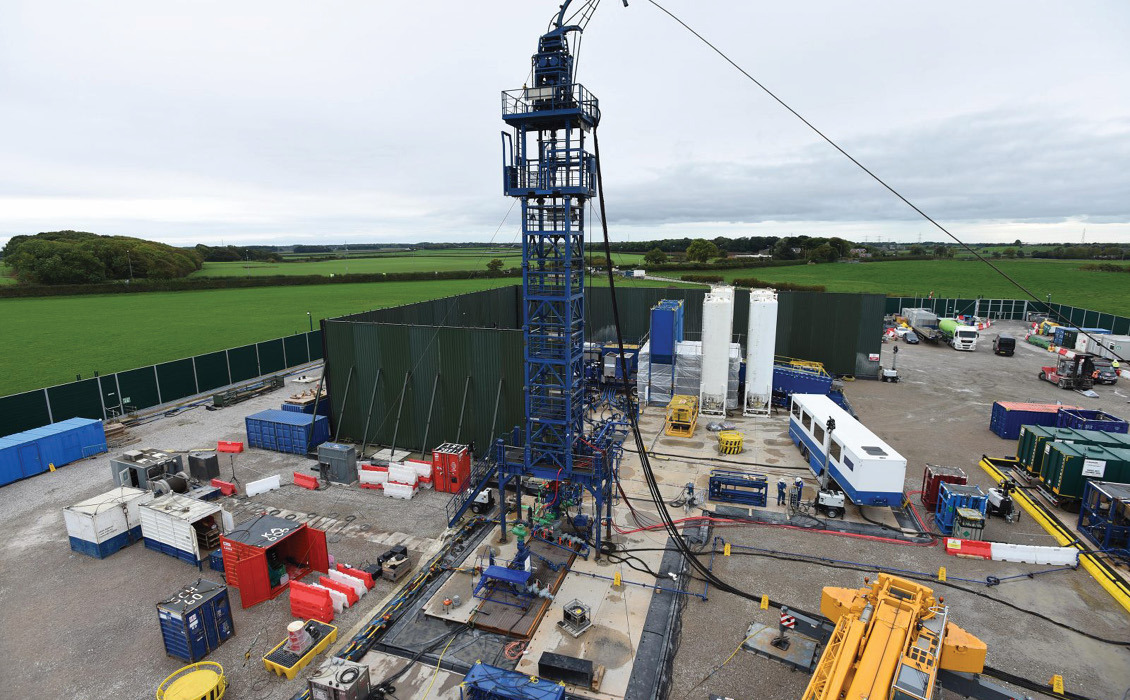In March 2022 the Oil and Gas Authority (OGA) rebranded to the North Sea Transition Authority (NSTA) to reflect its evolving role in the energy transition. The NSTA is responsible for regulating onshore and offshore exploration and development operations. With the energy crisis gripping Europe, the UK government and industry attention has suddenly been reversed and the UK onshore is being looked at again for oil and gas exploration. In early April 2022 the UK government said that it had commissioned a new study into the latest scientific evidence around shale gas extraction. A report is expected the be available in mid-2022.
As many will be aware there is a highly publicised moratorium in place on ‘fracking’ in England since November 2019, after an analysis of the environmental impact of work at Cuadrilla Resources’ site at Preston New Road in Fylde, Lancashire. Wales and Scotland have similar ‘bans’ in place, while the situation in Northern Ireland is unclear.
To trace its recent history, interest in unconventional exploration took off in the 1990s in the UK. This was largely in response to onshore successes in the USA, Australia and China. However, the geography of these countries is much different from the UK and most of Europe with vast areas on inhibited prospective areas and, in the case of the USA particularly, wide roads for the large amount of heavy equipment to be moved that is needed for unconventional oil and gas activities.
The UK Onshore Geophysical Library (UKOGL), which is a self-sustaining independent charity which receives limited funding from the government, was established in 1994 to manage and archive landward areas of the UK. If you work through the UKOGL website (ukogl.org.uk) there is a wealth of fascinating information. Browsing through some of the applications and awards can stimulate ideas looking at where the potential has been considered in the past by exploration teams, and maybe in the future.
The main areas which have attracted attention for unconventional plays are the Bowland-Hodder area in north-west England, the Midland Valley in Scotland, the Weald Basin in southern England and the Wessex area also in southern England. In the past we have also seen applications for licences in areas such the coal basins of Gloucestershire, Somerset and South Wales, the Cheshire Basin and the Worcester Graben.
So, what is the future for the onshore UK unconventional oil and gas business, with the slight softening that seems to be happening? Well, very much depends on the outcome of this government-commissioned study. We will never see vast projects, but perhaps smaller well-managed ones could be considered if energy prices continue their upward spiral, and the move to other forms of energy does not reach the ambitious goals that the UK government has targeted. For the industry, an important and promising development in March 2022 was the shift in policy with the NSTA agreeing to a Cuadrilla application to push back a deadline to plug the Lancashire wells.






